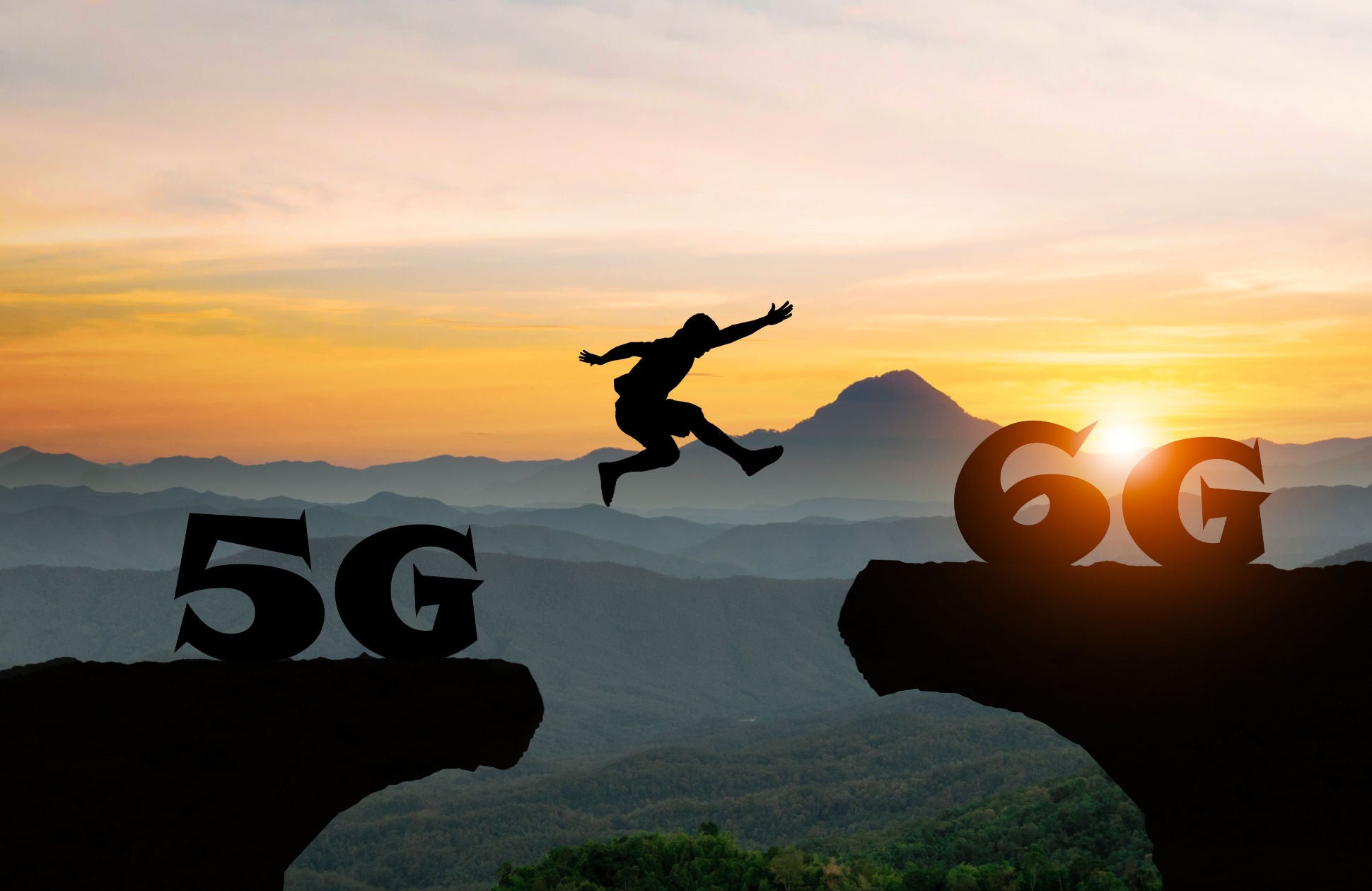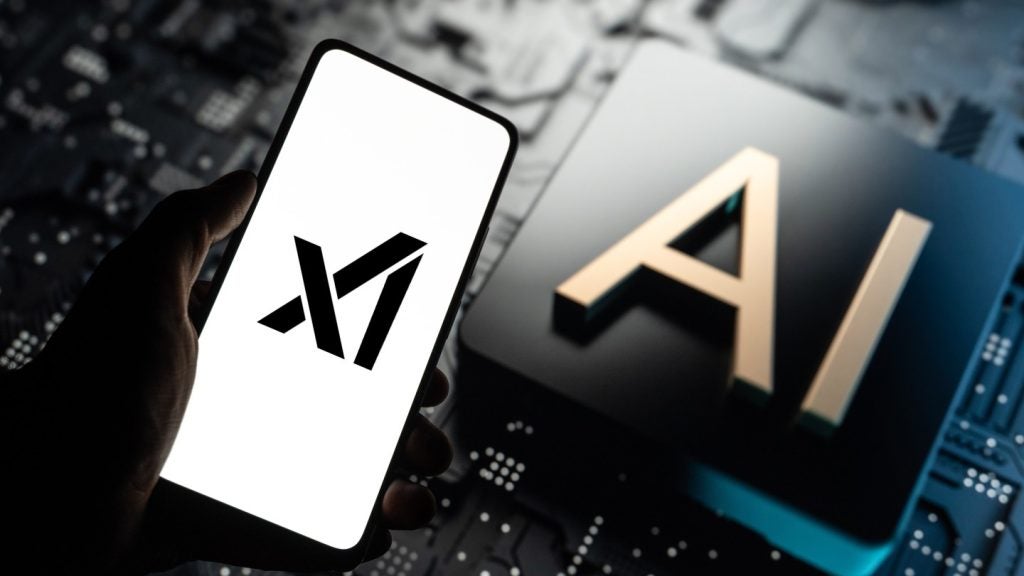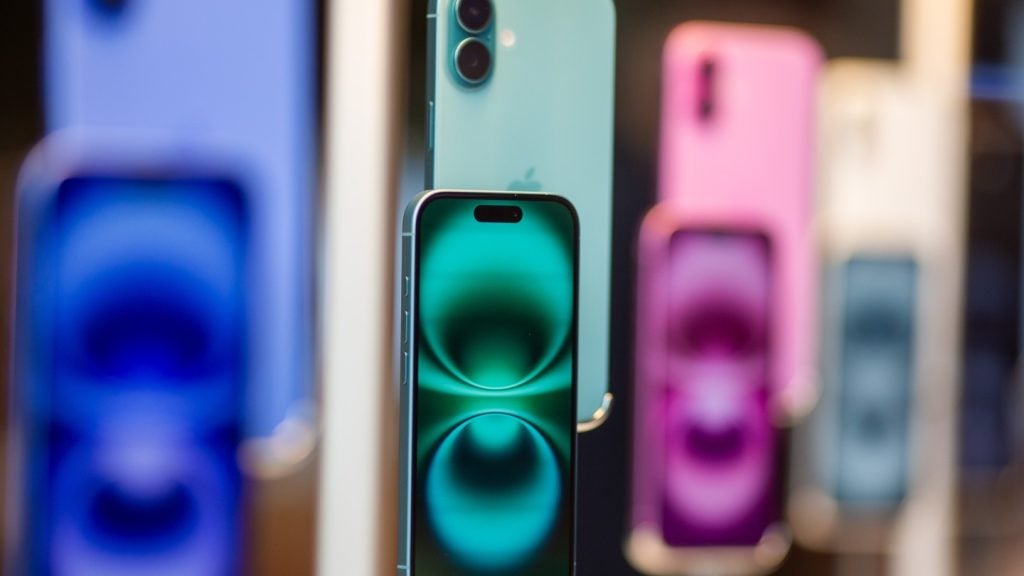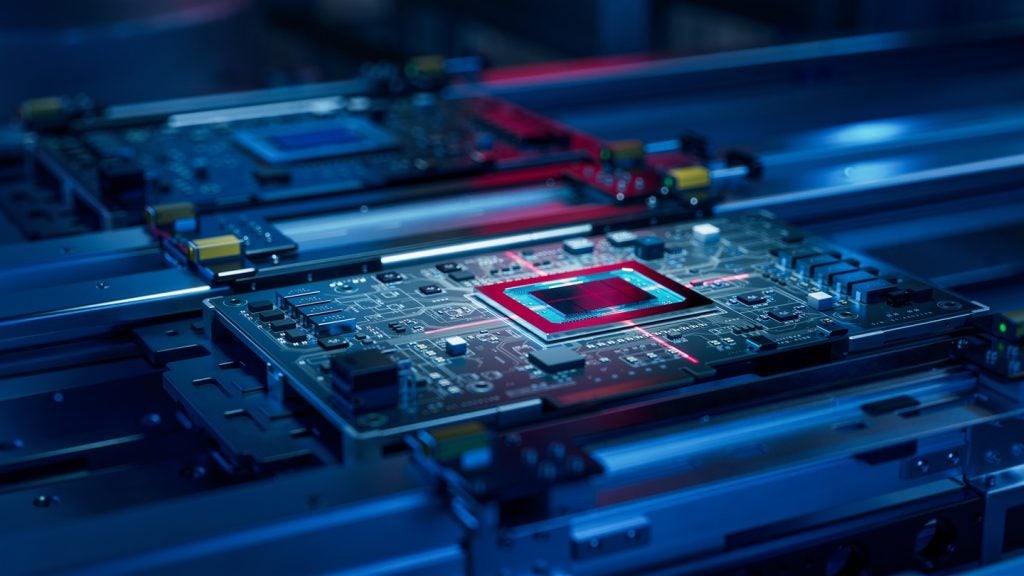While 5G is still positioned as a “near-term” game-changer, pundits and telecom vendors are already debating the network characteristics, performance expectations and use cases that will be enabled by the next generation of wireless technology – 6G. Not only are 6G networks in the planning stages, but compelling enterprise use cases that are in early 5G trials or are only hinted at today will allegedly be widely available in the 2030s.
In the mean time, analysts are still busily digesting evolving information on the capabilities of 5G, as they aim to come up with answers to burning questions such as:
- What are real-world 5G B2B use cases today and what will they be tomorrow?
- When (and how) can operators monetize 5G enterprise services into profitable business lines?
- What will the next phases of the 3GPP standards add to the mix?
- How will slicing and 5G SA change the current set of capabilities?
- How is the ecosystem evolving and who is winning?
Just as we begin to figure some of these puzzles out, 6G is on the horizon with working groups, vendors, and service providers already planning for the next generation of technology and associated consumer and enterprise use cases.
6GWorld
The bi-annual 6GWorld Symposium is a great source of information for understanding the enabling technologies and use cases that will be available to businesses in 8-10 years. While the Fall symposium in September 2021 was mostly about the network, the Spring 2022 sessions included more details on emerging use cases.
Just to set the stage – 6G networks will add considerably to 5G technology by, among other things, increasing data rates to 100 Gbps, potentially lowering latency to a few microseconds, and allowing 10 million connected devices per square kilometer. With such performance expectations, 6G-enabled enterprise technologies and use cases can theoretically be taken to a new level, effecting not only speed of data/video transmission but changing the way companies communicate, process information, train employees, and make decisions.
A few examples from 6GWorld 2022 follow:
How well do you really know your competitors?
Access the most comprehensive Company Profiles on the market, powered by GlobalData. Save hours of research. Gain competitive edge.

Thank you!
Your download email will arrive shortly
Not ready to buy yet? Download a free sample
We are confident about the unique quality of our Company Profiles. However, we want you to make the most beneficial decision for your business, so we offer a free sample that you can download by submitting the below form
By GlobalData- AR/VR According to Avnet Abacus, the Extended Reality (XR) market is already seeing expansion in the enterprise due to 5G, with deployments ranging from Industry 4.0 digital twins, location-based VR, and remote learning tools. This has been facilitated by shifting some of the heavy lifting involved in graphical rendering to the cloud, or by processing it at the edge, and by using technologies such as massive MIMO, which enable very large numbers of devices to be targeted by each base station. In the 6G future, immersive communication, holographic telepresence, and AR/VR are predicted to become the default ways of communicating, which will require 8k video resolution per eye. To support this, 6G will have to deliver end user data rates up to 10 Gbits/s.
- Private Networks While 4G and 5G private networks are starting to make inroads into industrial verticals, there are more changes ahead. NEC predicts that the 2030s will bring: hyper-real communications transcending time and space, and expansion of digital twins to seamless connections between people, things and experiences regardless of place. NEC is part of a “Beyond 5G” Promotion Consortium that is working to understand technology and market trends in 2030, and their affect on a broad range of industries. For example, in warehousing and logistics, IoT, cyber ports, digital transformation, digital twins, robots, and drones will provide fully automated operations, along with advanced use of artifical intelligence, machine learning, and non-terrestrial networks.
- Autonomy and Healthcare Autonomous vehicles, expansion of communication to space and sea, and significant medical breakthroughs are also expected to emerge as a result of 6G and adjacent technologies. Multi-modal mobility, collaboration between vehicles with smart cities, telesurgery, nano-bots, personalized medicine, AI-enabled drug discovery and augmented humans with “brain machines” for persons with disabilities are just a few examples.
While some of the use cases (many in fact) are the same ones that we have been hearing about for several years when it comes to 5G as a game-changer, the better performance of 6G may be able to more effectively support them. Soon we can start to ask the same questions about the 6G ecosystem, monetization initiaitives, and real-world use cases (vs. hype) that we are struggling to understand today with 5G.








Related Company Profiles
NEC Corp